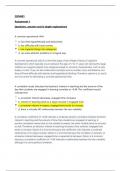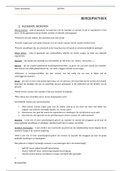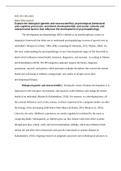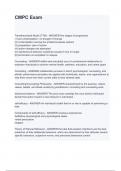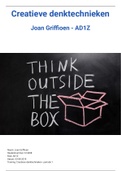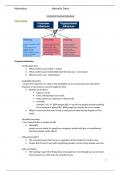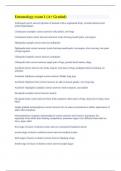Summary
Summary CPS4801 Assignment 2 2023
- Institution
- University Of South Africa (Unisa)
This document has the questions used in assignment 2 along with the answer I have chosen as well as a description/explanation for most questions. Explanations are in-depth and coincide with the textbook.
[Show more]
